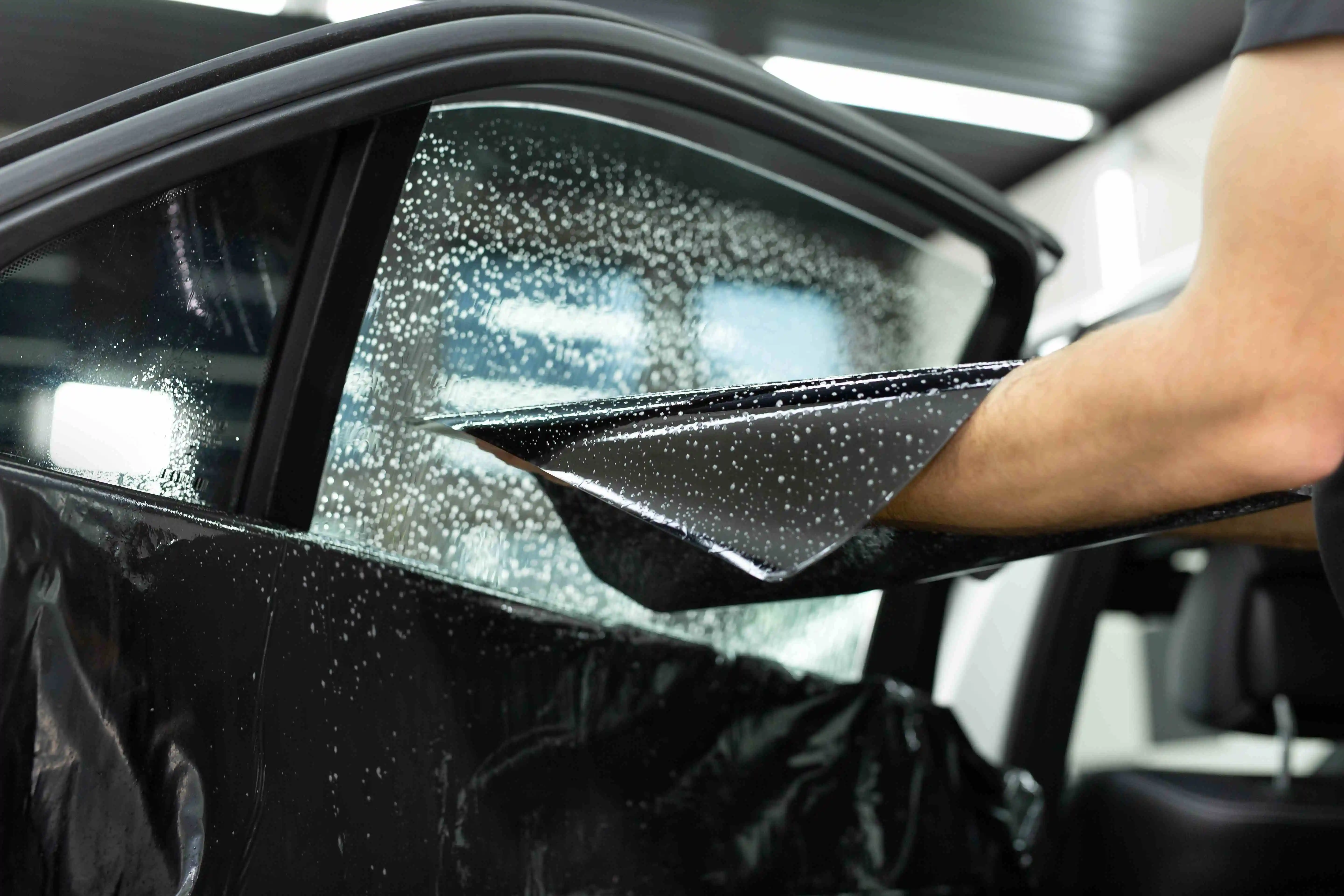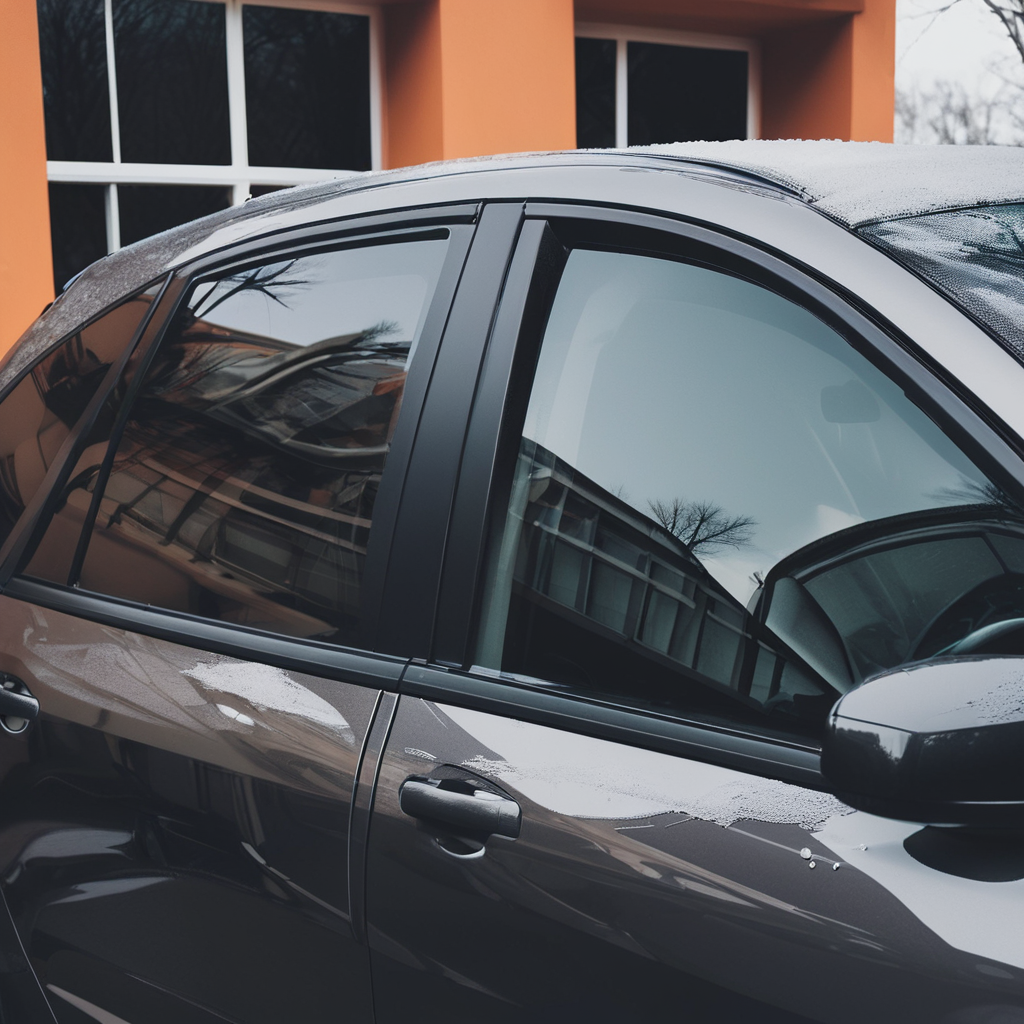Exactly How Automobile Window Tinting Maintains Your Lorry Cool in Heat
Wiki Article
Window Tinting Laws and Standards: What You Required to Know Before Tinting Your Automobile
Before waging home window tinting for your automobile, it is crucial to acquaint yourself with the varied regulations and guidelines that govern this technique throughout different states. These policies determine the acceptable levels of tint darkness, often gauged by visible light transmission (VLT) portions, and include particular specifications for front windshields targeted at ensuring roadway safety and security. In addition, certain jurisdictions may offer medical exemptions for people with qualifying conditions. Recognizing these complexities can save you from prospective legal implications, yet what are the specific guidelines in your state?Overview of Home Window Tinting Regulations
Window tinting laws are frequently subject to variant across various territories, showing regional guidelines and safety and security factors to consider. These laws determine the permissible degrees of color darkness and reflectiveness on car windows, making certain that drivers maintain adequate presence while additionally safeguarding against harmful UV rays and warm.A lot of guidelines identify home window tinting based on the Visible Light Transmission (VLT) portion, which suggests the quantity of light that can travel through the window. Generally, reduced VLT percentages signify darker colors. Laws frequently differentiate between the front, side, and rear home windows, with more stringent constraints applied to the front windshield to improve security for both the motorist and various other road users.
In addition, some territories enforce constraints on the reflectivity of the color, avoiding extreme glare that can impair exposure. Exemptions to these regulations may exist for people with particular medical problems calling for additional sunlight protection. Conformity with window tinting policies is crucial, as violations can lead to fines, required elimination of the tint, and potential boosts in insurance policy premiums. For that reason, it is necessary for automobile owners to acquaint themselves with regional laws prior to waging window tinting installments.
State-by-State Color Regulations
Recognizing the details home window tinting regulations in each state is crucial for car proprietors looking for to follow the law. Each state in the U.S. has developed its own collection of regulations regulating window tinting, which can vary substantially. These regulations frequently dictate the allowable levels of color darkness, the sorts of home windows that can be tinted, and any clinical exceptions that may use.As an example, states like The golden state have rigid limitations on tint darkness for front windows, while others, such as New Mexico, may permit darker colors. In addition, particular states mandate details presence portions for different home windows, including the windscreen, front side windows, and back windows. It is important for vehicle owners to acquaint themselves with their state's legislations to avoid possible penalties or charges.
Moreover, some states might need a certification sticker label to be positioned on tinted windows, showing compliance with state regulations. Failure to stick to these policies not just risks legal consequences yet can also impact security and visibility while driving. Consequently, vehicle proprietors must carry out detailed research or get in touch with regional authorities to make sure complete understanding and compliance with state-by-state tint laws.
Allowed Color Levels and Types
Several vehicle owners might be amazed to discover that allowed tint levels and types vary extensively across various states. Each state has actually established its very own policies relating to the permissible darkness and reflectivity of home window tint, frequently gauged by Visible Light Transmission (VLT) portions. VLT refers to the quantity of light that can go through the colored windows; hence, a lower percent suggests a darker color.
Additionally, the types of color products allowed can vary, with some states forbiding metal or mirror-like coatings. It is essential for vehicle proprietors to familiarize themselves with their state's details legislations to guarantee conformity. Non-compliance can lead to penalties, obligatory elimination of the tint, or other lawful consequences, making it vital to understand these regulations prior to proceeding with installment.
Medical Exemptions for Tinting
While not all states offer allowances for medical exemptions regarding window tinting, those that do recognize the necessity for details people to boost visibility and convenience because of medical conditions. Numerous medical problems, such as lupus, skin cancer cells, and specific eye disorders, can render people especially delicate to sunlight. As a result, these people might require darker colors to shield themselves from damaging UV rays and glow.
It is very important to note that also with a medical exception, there might still be limitations on the level of color permitted. Conformity with state legislations ensures that people are both protected and within legal restrictions. Those considering clinical exemptions should call their regional Department of Electric motor Automobiles or equivalent authority to recognize the requirements and procedures essential to obtain an exemption properly.
Penalties for Non-Compliance
Failing to abide by window tinting legislations can lead to significant fines, which vary by state. Police are encouraged to provide citations for automobiles that do not stick to the defined tinting guidelines. These penalties typically include penalties, which can range from moderate total up to several hundred bucks, depending on the intensity of the offense and the state concerned.In some territories, repeated offenses may cause rising penalties or added charges, such as obligatory court appearances. Furthermore, non-compliance might necessitate the elimination of illegal tinting, commonly at the proprietor's cost. In extreme instances, regular culprits may encounter suspension of their lorry enrollment till compliance is accomplished.
Furthermore, insurance policy ramifications might occur from getting several citations for home window color offenses. Insurance providers may see such violations as a sign of riskier behavior, possibly resulting in boosted premiums or trouble in coverage.
To stay clear of these charges, it is essential for lorry owners to acquaint themselves with their regional home window tinting laws and make certain that their lorry complies (Window Tinting). This aggressive approach not just avoids legal implications however additionally promotes road safety
Conclusion

Most policies classify home window tinting based on the Visible Light Transmission (VLT) percentage, which shows the amount of light that can pass via the window. Conformity with window tinting regulations Our site is essential, as violations can result in penalties, compulsory removal of the tint, and prospective boosts in insurance costs.Comprehending the certain window tinting laws in each state is essential for lorry proprietors seeking to abide with the regulation. These laws typically dictate the allowable degrees of tint darkness, the kinds of windows that can be tinted, and any type of medical exemptions that might use.
For circumstances, states like The golden state have strict restrictions on tint darkness for front windows, while others, such as New Mexico, might enable darker colors.
Report this wiki page